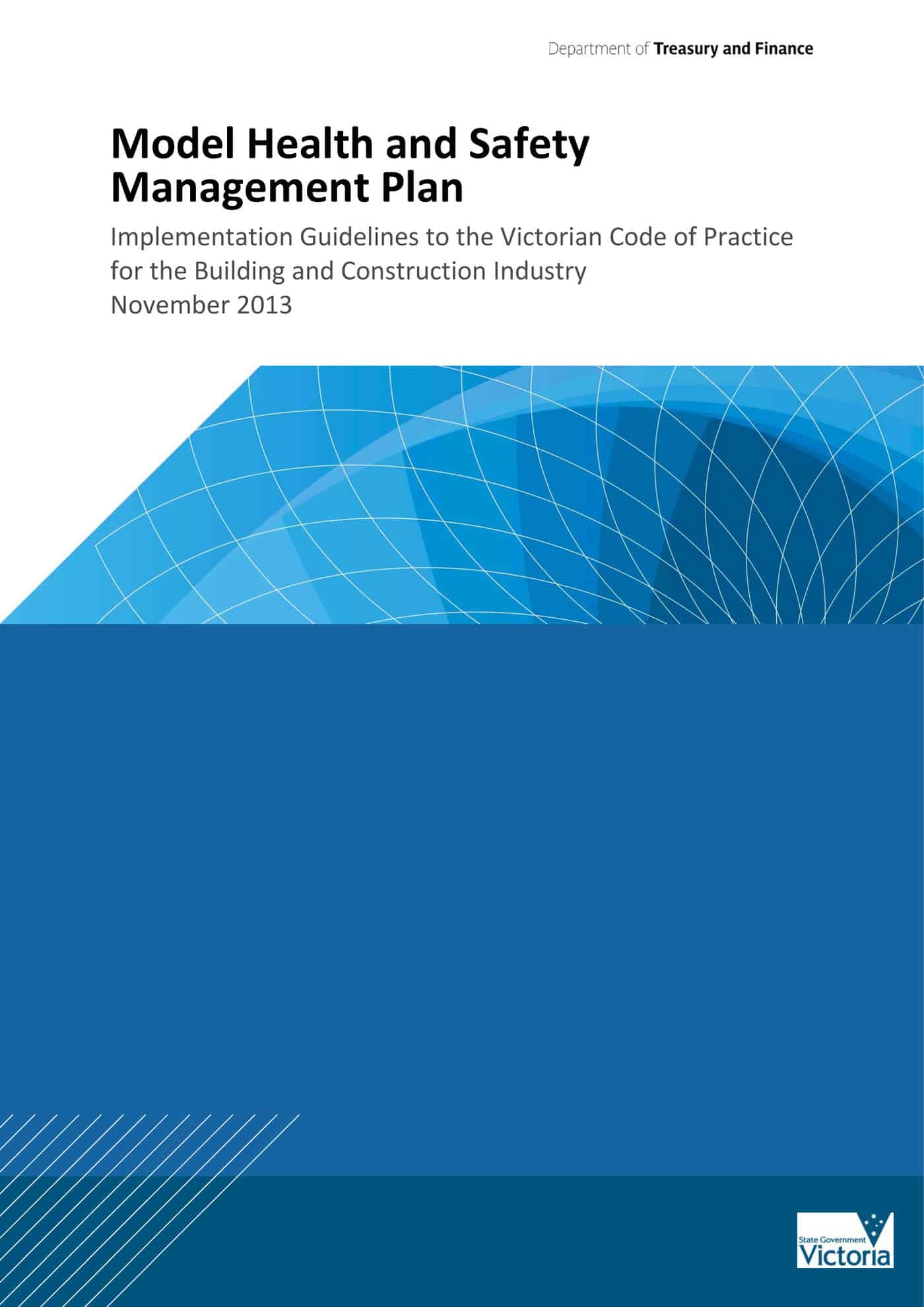Australia’s politicians, trade unionists, businesses and media are gearing up for a tumultuous year in industrial relations with the controversial establishment of a Royal Commission into trade union corruption. This royal commission is broad-ranging but targets the construction unions, particularly the Construction Forestry Mining and Energy Union (CFMEU) and thus the construction unions’ conduct with regard to allegedly using occupational health and safe as a cover or excuse for industrial action. This royal commission has a strong element of party politics and ideologies and has overshadowed other action in the Australian Parliament where OHS is being discussed.
On 6 February 2014 the Education and Employment References Committee of the Australian Senate continued its inquiry into the Government’s approach to re-establishing the Australian Building and Construction Commission (ABCC) through the Building and Construction Industry (Improving Productivity) Bill 2013. One of the terms of reference for this inquiry is
“whether the provisions of the bills relating to occupational health and safety in the building and construction industry are adequate to protect the health and safety of employees and contractors in the industry”.
On February 6 the inquiry had some heated discussion on OHS and the construction industry that deserves a closer look.

 Victoria’s
Victoria’s